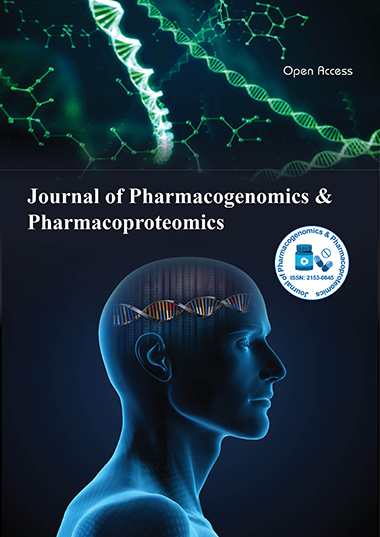索引于
- 打开 J 门
- Genamics 期刊搜索
- 学术钥匙
- 期刊目录
- 研究圣经
- 电子期刊图书馆
- 参考搜索
- 哈姆达大学
- 亚利桑那州EBSCO
- OCLC-WorldCat
- 普罗奎斯特传票
- SWB 在线目录
- 虚拟生物学图书馆 (vifabio)
- 普布隆斯
- 米亚尔
- 欧洲酒吧
- 谷歌学术
分享此页面
期刊传单

抽象的
The First Glimpse of Homo sapiens Hereditary Fusion Genes
Degen Zhuo
Family-inherited fusion genes have been known to be associated with human disease for decades. However, only a small number of them have been discovered so far. This report uses monozygotic (MZ) twins as a genetic model to investigate human hereditary fusion genes (HFGs). We have analyzed RNA- Seq from 37 MZ twins and discovered 1,180 HFGs, the maximum of which is 608 per genome. Based on these data, a human genome encodes at least 1,000 HFGs. We have found that forty-eight HFGs, whose recurrent frequencies are ≥ 25%, are associated with MZ twin inheritance, eight of which are detected in ≥ 52% of 74 MZ twins. Tandem gene duplications and SCO2 gene amplification generate four and two of these eight HFGs, respectively, and, in turn, provide the best and direct scientific self-support for the concept of hereditary fusion genes. Interestingly, two of these eight HFGs are previously-studied cancer fusion genes, which support that they are inherited from parents and not from somatic genomic alteration. Hence, HFGs are major genetic factors for human diseases and complex traits. More importantly, HFGs provide one of the best and most straightforward tools to study genomic alterations in human genetics. This study gives us the first glimpse of human HFGs and lays technological and theoretical foundations for future genetic, biological, and medical studies.